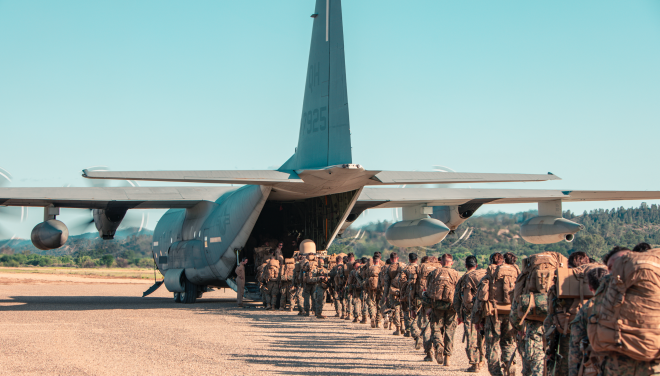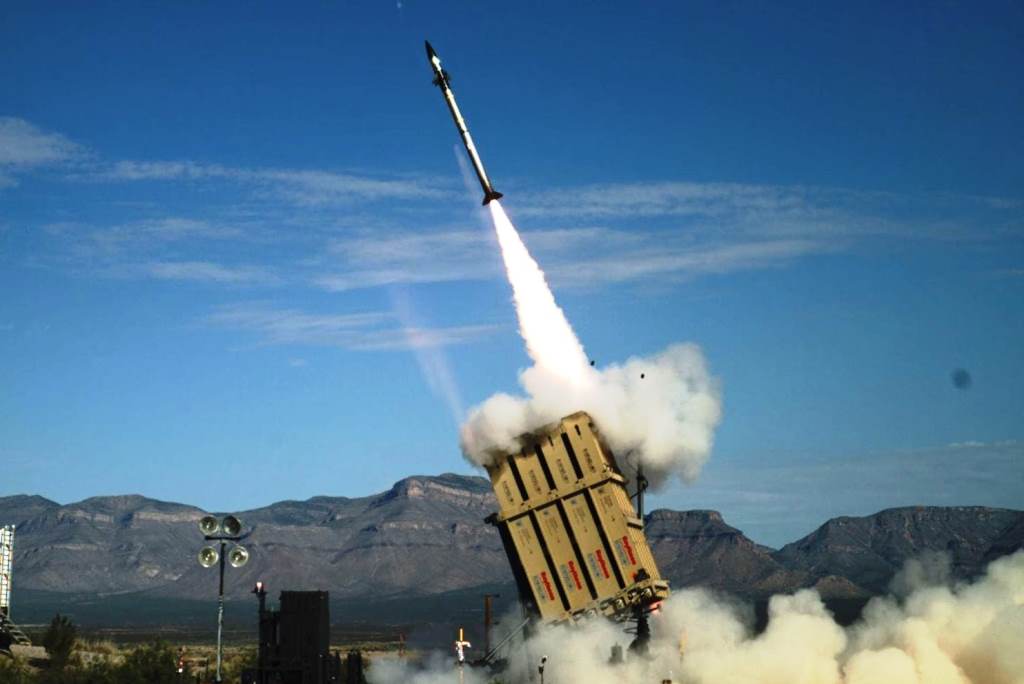IKnowNothing
Army.ca Veteran
- Reaction score
- 2,191
- Points
- 990
@markppcli
The leftover PY's are assigned and organized in whatever manner the army sees fit, outside of that pre-existing framework to deliver the capabilities needed.
The whole point is too consider what could be done, and would the overall result be better.
Is 18 80% manned RegF Lav coy's the best use of men and materiel?
Could 12 100% manned deliver the required ready force?
Could 3 Coy's worth of LAV's each with a platoon of trainers/maintainers allow the reserves to provide platoon or even company strength augments for sustainment?
Could 3 Coy's worth of LAV's help bring GBAD or UAV capability online faster and within budget?
If freed from symmetry, are 3 pure LIB's needed / the best approach?
If not, how many PY's are needed in a pure light infantry role?
What's the best way to employ the leftovers? CSS? CS with greater strategic mobility? More support to bring the reserves up to a usable state?
I
Looney toon idea to stash several Coy size sub-units of CS type enablers separate from the CMBG's, capable of deploying in support of any of them, or allies. If we don't have the resources to do something right at a brigade level three times over and are forced to choose between being stretched too thin or not doing it at all, choose the 3rd option and pool it, do it right once and attach when needed.What is an independent CS Bn?
Haven't gotten that far, wanted an answer to the "what's left question" before filling that outHow does this organize ?
The 3 RegF infantry regiments are kept and kept equal, reducedd by 2 LAV battalions and a LIB that didn't fit. They're the mechanized core of the army, no one of them is slighted.What regimental mafia issues are fixed if they’re still regiments ?
The leftover PY's are assigned and organized in whatever manner the army sees fit, outside of that pre-existing framework to deliver the capabilities needed.
Mounting M-Shorad turrets. Denel 105mm. UAV launchers. Things that the artillery should have but don't that make sense LAV mounted. But maybe that's not the priority, maybe the Trainer Platoons and/or pre-positioned fleet is. Would the extra LAV's be enough to do all 3?What vehicles do the infantry have that will be extra capability to the artillery? Do they need a couple dozen LAVs? What for?
The whole point is too consider what could be done, and would the overall result be better.
Is 18 80% manned RegF Lav coy's the best use of men and materiel?
Could 12 100% manned deliver the required ready force?
Could 3 Coy's worth of LAV's each with a platoon of trainers/maintainers allow the reserves to provide platoon or even company strength augments for sustainment?
Could 3 Coy's worth of LAV's help bring GBAD or UAV capability online faster and within budget?
If freed from symmetry, are 3 pure LIB's needed / the best approach?
If not, how many PY's are needed in a pure light infantry role?
What's the best way to employ the leftovers? CSS? CS with greater strategic mobility? More support to bring the reserves up to a usable state?
I



:quality(70)/cloudfront-us-east-1.images.arcpublishing.com/mco/BNF5KN5VLZDZ3HRRLHLZRYNRJY.jpg)




